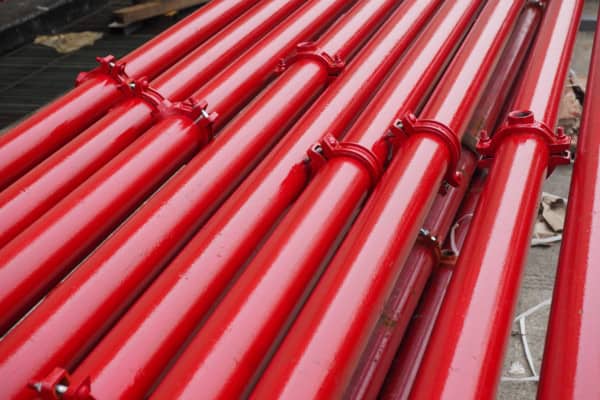Fire fighting systems are an essential component of building safety, and grooved fittings play a crucial role in their effectiveness. Grooved fittings are used to connect pipes and hoses in firefighting systems, providing a secure and reliable connection that can withstand the high pressures and temperatures encountered during a fire emergency.
Types of Grooved Fittings
There are several types of grooved fittings used in fire fighting systems, each with its unique characteristics and applications. Some of the most common types of grooved fittings include:
Couplings: These are used to connect two pipes or hoses, providing a secure and reliable connection.
Elbows: These are used to change the direction of a pipe or hose, allowing the system to navigate around corners or obstacles.
Tees: These are used to connect three pipes or hoses, providing a secure and reliable connection.
Hose adapters: These are used to connect hoses with different sizes or types of connections.
Importance of Grooved Fittings in Fire Fighting Systems
Grooved fittings play a crucial role in the effectiveness of fire fighting systems. They provide a secure and reliable connection between pipes and hoses, ensuring that the water or other firefighting agent is delivered efficiently and effectively to the source of the fire. The use of grooved fittings helps to prevent leaks, which can be disastrous in a fire emergency and ensures that the system operates at its maximum potential.

Factors to Consider When Selecting Grooved Fittings
When selecting grooved fittings for fire fighting systems, there are several factors to consider. These include:
Material: Grooved fittings should be made of high-quality materials that can withstand the harsh conditions of a fire emergency. Stainless steel and brass are popular materials for grooved fittings.
Size: The size of the grooved fittings should match the size of the pipes and hoses they will be connecting.
Pressure rating: The grooved fittings should be designed to withstand the maximum pressure encountered in the fire fighting system.
Temperature rating: The grooved fittings should be designed to withstand the maximum temperature encountered in the fire fighting system.
Compatibility: The grooved fittings should be compatible with the other components of the fire fighting system, including the pipes, hoses, and valves.
Installation and Maintenance of Grooved Fittings
The installation and maintenance of grooved fittings are critical to ensure their effectiveness in fire fighting systems. Here are some tips for installing and maintaining grooved fittings:
Installation: Grooved fittings should be installed by a qualified technician who has experience in fire fighting system installation. The fittings should be connected securely and tightened to the recommended torque specification.
Maintenance: Grooved fittings should be inspected regularly to ensure that they are in good condition. Any signs of wear or damage should be addressed immediately. The fittings should be cleaned and lubricated regularly to ensure that they operate smoothly and efficiently.
Conclusion
Grooved fittings are a critical component of fire fighting systems, providing a secure and reliable connection between pipes and hoses. The selection, installation, and maintenance of grooved fittings should be done carefully to ensure their effectiveness in a fire emergency. By following the guidelines outlined in this article, building owners and facility managers can ensure that their fire fighting systems are equipped with the best-grooved fittings for their needs.
Comments